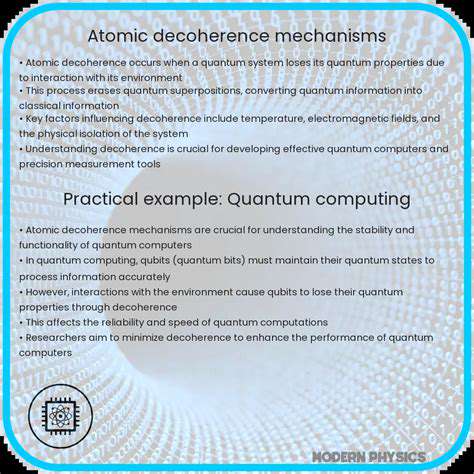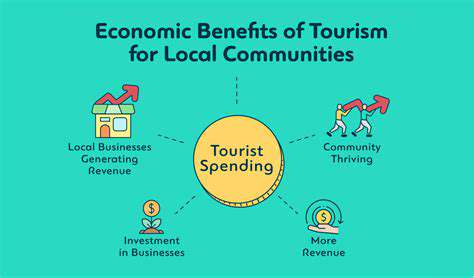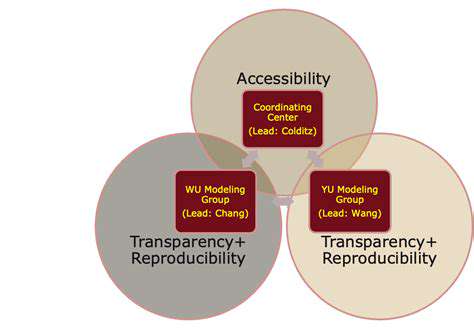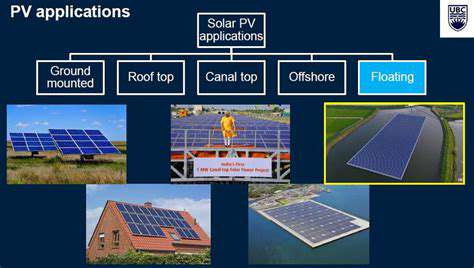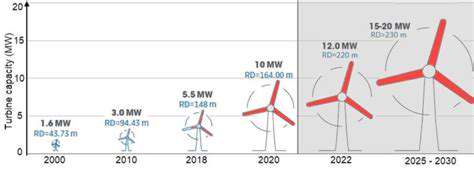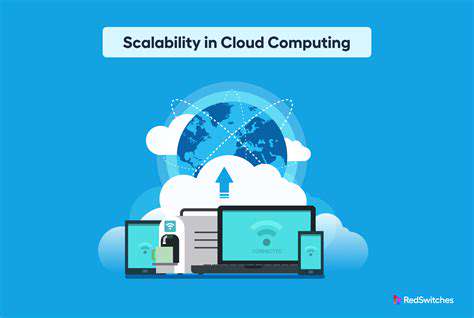Renewable Energy and Climate Change Mitigation
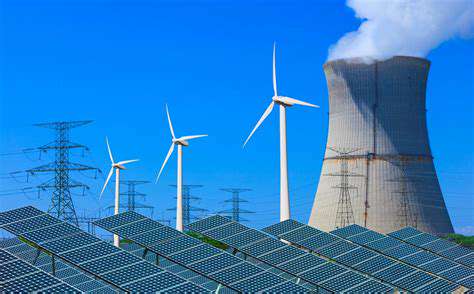
Harnessing Solar Power
The sun provides more energy to Earth in one hour than humanity uses in a year. Modern solar technologies capture this abundance through increasingly sophisticated methods, from ultra-thin photovoltaic films to solar thermal plants that store heat in molten salts. Residential solar installations now pay for themselves within 5-7 years in most regions, creating energy democracy.
Exploring Wind Energy
Today's wind turbines are engineering marvels, with some single turbines powering 5,000 homes. Offshore wind farms leverage stronger, more consistent ocean winds, while new blade designs capture energy from lower wind speeds. The sector's growth has been so rapid that wind now supplies over 10% of electricity in several countries.
The Potential of Hydropower
While large dams face environmental concerns, innovative low-impact hydro systems are gaining traction. Small-scale hydrokinetic turbines in rivers and tidal zones provide predictable baseload power without ecosystem disruption. Modern fish-friendly turbines and improved dam management practices are reducing hydro's environmental footprint.
Investigating Geothermal Energy
Geothermal systems tap into Earth's vast subsurface heat, offering 24/7 clean energy. Enhanced geothermal systems (EGS) now enable development in non-volcanic regions, potentially unlocking 100+ times current global capacity. District heating systems using moderate-temperature geothermal resources are transforming urban energy use.
Examining Biomass Energy
Advanced biofuels from agricultural waste and algae avoid food crop competition. Gasification technologies now convert organic waste into clean syngas while biochar production sequesters carbon in soils. Strict sustainability certification ensures biomass projects don't drive deforestation.
Exploring Marine Energy
The ocean's immense power remains largely untapped. Emerging technologies like oscillating water columns and tidal kites show promise for predictable renewable generation. Scotland's Orbital O2 tidal turbine exemplifies this sector's potential, with its 2MW capacity powering thousands of homes.
The Economic and Social Benefits of Renewable Energy Adoption
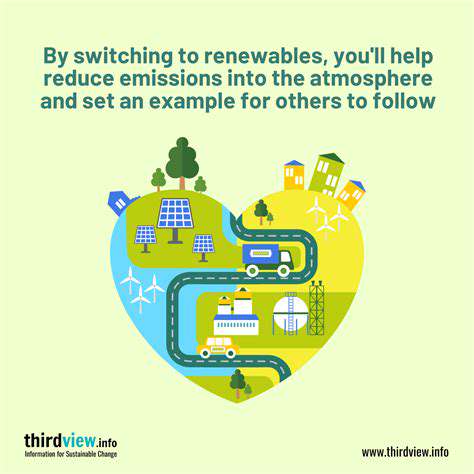
Economic Transformation
The renewable transition is sparking localized economic revolutions, with solar and wind projects revitalizing rural economies. Community ownership models keep energy dollars circulating locally, unlike fossil fuels that funnel wealth to distant corporations. The sector's labor intensity creates more equitable wealth distribution.
Health and Wellbeing Improvements
Eliminating fossil fuel pollution prevents millions of respiratory illnesses annually. Children near renewable projects show significantly lower asthma rates compared to those near coal plants. The healthcare savings alone justify accelerated renewable adoption.
Energy Security and Stability
Diversified renewable portfolios protect nations from fuel price volatility. Distributed generation makes grids more resilient against both natural disasters and cyber threats. Countries leading the transition enjoy unprecedented energy independence.
Rural Revitalization
Wind and solar projects provide struggling farming communities with steady lease payments. Renewable co-ops are reversing rural population declines by creating attractive local economies. The USDA reports renewable projects have saved thousands of family farms.
Technological Spillover Effects
Renewable R&D drives advances in materials science, power electronics, and AI optimization. These innovations often find applications in unrelated industries, creating unexpected economic benefits. Tesla's battery technology, for instance, evolved from grid storage research.
Policy Support and International Collaboration for a Sustainable Future

Accelerating the Transition Through Policy
Progressive nations are implementing renewable-friendly policies with remarkable results. Germany's Energiewende and Denmark's wind energy leadership demonstrate how consistent policy frameworks can transform entire energy systems. The key lies in aligning short-term incentives with long-term decarbonization roadmaps.
Global Knowledge Networks
International research consortia are solving critical renewable challenges. The Global Wind Energy Council's technology sharing programs have accelerated turbine improvements worldwide. Similar initiatives for solar, storage, and grid integration are yielding impressive results.
Financial Innovation for Clean Energy
Green bonds and climate funds are directing trillions toward renewable projects. The International Renewable Energy Agency's investment facilitation helps developing nations access capital while minimizing risk. These mechanisms are crucial for bridging the Global North-South renewable divide.
Standardization and Best Practices
International standards for renewable technologies ensure quality and interoperability. The IEC's work on solar panel certifications has been instrumental in building consumer confidence and enabling global trade. Similar efforts for other technologies continue to reduce deployment barriers.


